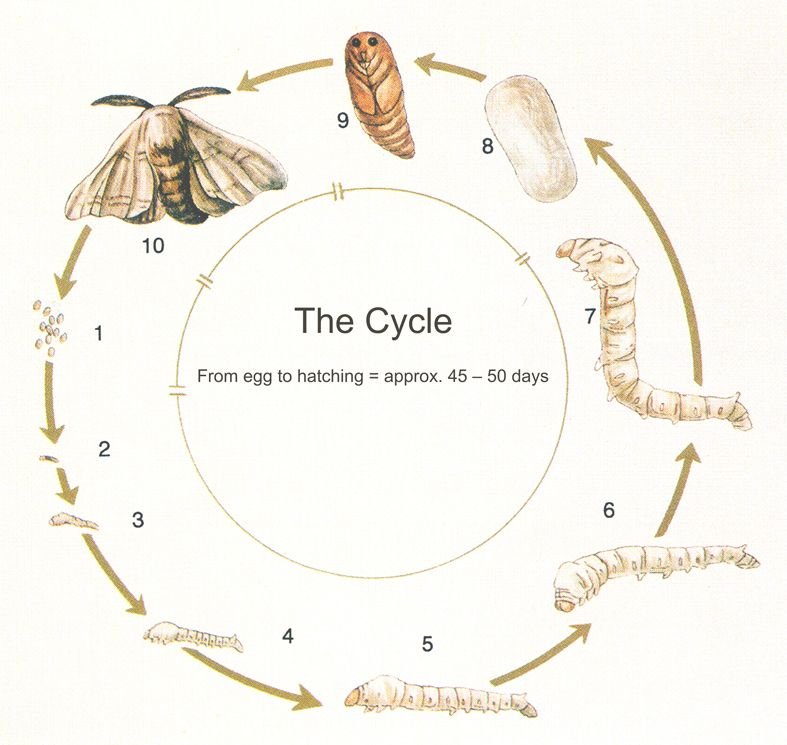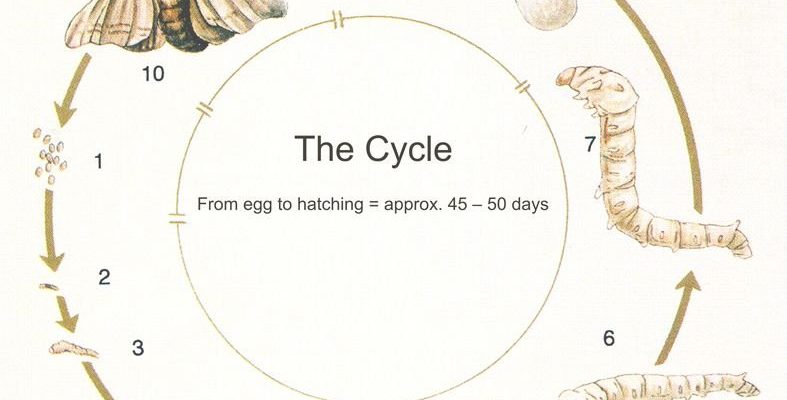
So, what’s the deal with these wolf worms? They’re actually the larvae of a type of fly known as **hypoderma**. These larvae burrow into the skin of their hosts, which can include a variety of animals, especially mammals. As they grow, they undergo distinct development stages tied closely to the life of their host. This interaction is what makes their development timeline so intriguing. Let’s dive into how wolf worms develop depending on their fuzzy, furry, or even scaly hosts.
Understanding Wolf Worms and Their Life Cycle
To appreciate how wolf worms develop, it’s important to know the basics. The wolf worm life cycle includes several stages: egg, larva, and pupa. These stages are like the chapters of a story, each one building on the last. Female flies lay eggs on or near the host, where the larvae hatch and enter the host’s body through the skin. This is where the adventure really begins!
During the larval stage, which can last several weeks to months, the wolf worms feed on the host’s tissues. This might sound scary, but these worms are more like guests than parasites—they don’t typically kill their hosts. Instead, they just hang out and munch. As they grow, they can reach sizes of about 2 to 3 inches in length, depending on the host. Their development is influenced by factors like the type of animal they’re living in, the environment, and even the time of year.
Here’s the thing to remember: the health of the host can affect the wolf worm’s development too. If the host is healthy and has a strong immune system, the wolf worm might take a bit longer to grow. If the host is stressed or ill, the wolf worm may develop faster as it takes advantage of a weakened body.
Wolf Worms in Sheep: A Common Host
One of the most well-known hosts for wolf worms is sheep. These animals provide a cozy home for the larvae, making them an ideal host species. Typically, the life cycle of wolf worms in sheep starts when a female fly lays her eggs near the sheep’s skin. The larvae hatch and enter the sheep, where they begin to thrive.
In sheep, the development timeline can vary but generally spans **8 to 12 weeks**. During this period, the larvae will develop through their early stages, feeding on the sheep’s tissues. The presence of these worms can sometimes cause the sheep discomfort, leading farmers to be vigilant.
Interestingly, farmers keep an eye out for signs of infestation, like unusual behavior in the sheep or increased scratching. If they catch it early, they can manage the situation and help the sheep live comfortably while the wolf worms do their thing.
Wolf Worms in Cattle: The Big Boys
Cattle are another primary host for wolf worms. The timeline for these larvae is similar, but you might be surprised at how robust these worms become in larger animals. In cattle, the development can take about **10 to 14 weeks**. Once inside, the larvae will burrow deeper into the tissue, potentially leading to more significant issues than with smaller animals like sheep.
Cattle are often larger and can handle more larvae, which allows wolf worms to grow to greater sizes. Farmers might notice that some cows are a bit more lethargic, which can be a dead giveaway of an infestation. Here’s where it gets interesting: managing wolf worms in cattle can lead to a greater focus on herd health as farmers look to prevent infections before they even start.
Wolf Worms and Other Hosts: Unique Timelines
While sheep and cattle are the most common hosts for wolf worms, there are numerous other animals that can play host. For instance, deer and goats can also be affected, each with slightly different development timelines due to their unique biological characteristics.
In deer, wolf worms might develop within a **6 to 10 week** period. The life cycle will still follow the same phases, but deer’s quicker metabolism can lead to faster growth.
Goats, on the other hand, might take longer, usually around **12 weeks** for the larvae to mature. This slow development could be attributed to their varied diet and lifestyle habits, which can affect the overall health of the goat and, therefore, the growth rate of the worm.
The Impact of Environment on Development
You might be wondering how different environments affect wolf worm development. Just like we feel the impact of the seasons, wolf worms react to their surroundings, too. Factors such as **temperature**, **humidity**, and **host health** can all play a big role in their life cycle.
In warmer climates, the development tends to speed up. This means that larvae can grow quickly, taking advantage of the warmer weather to thrive. Conversely, in colder environments, they might hibernate in a way, delaying their growth until temperatures rise again.
Humidity is another critical factor. Too much moisture can lead to quicker development because the environment is more conducive for the larvae. However, overly dry conditions can hinder their growth or put them at risk of dying off before becoming mature worms.
Understanding wolf worm development timelines by host species is like piecing together a puzzle. Each host offers unique conditions that shape the growth of these fascinating larvae. From sheep to cattle, and even deer and goats, the journey of a wolf worm is rich with biological and ecological significance.
Wolf worms serve as a reminder of the intricacies of life cycles in nature. By studying them, we not only learn about these unique creatures but also about the health and behavior of the hosts they choose. It’s a captivating relationship filled with lessons about survival, adaptation, and the delicate balance of ecosystems. So, the next time you hear about wolf worms, you’ll know there’s a whole story behind their development and how they fit into the world around us.

